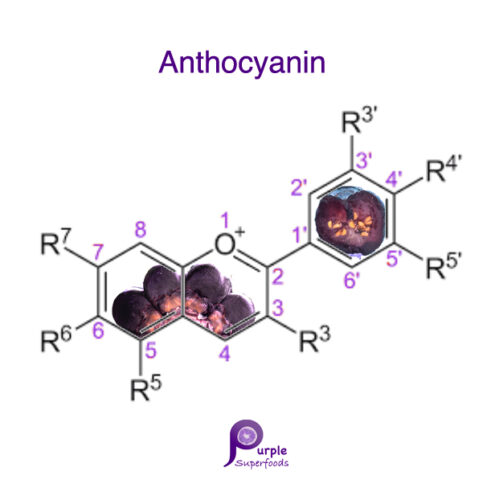The inspirations
Three encounters inspired the founding of Purple Superfoods, in our discovery of superfoods containing anthocyanins.
1. A bucket list trip to Peru, discovering the health benefits of purple corn, and tasting the refreshing Chicha Morada (spiced purple corn drink).
2. A homegrown research from the National University of Singapore invented the diabetic-friendly bread, which happens to be purple, made from the anthocyanin-rich black rice extract. “Rich in cancer-fighting antioxidants, digested 20% slower than regular white bread,” this purple bread has lower glycemic index than normal white bread, reported CNN. [Link to news]
3. A BBC documentary “How To Stay Young” revealed that “Purple sweet potato is the secret to living until 100”. Professor Craig Wilcox who studied the diet of Okinawa centennials believes a key factor in their vigorous health can be attributed to the anthocyanins in the purple sweet potato. [Link to news]






